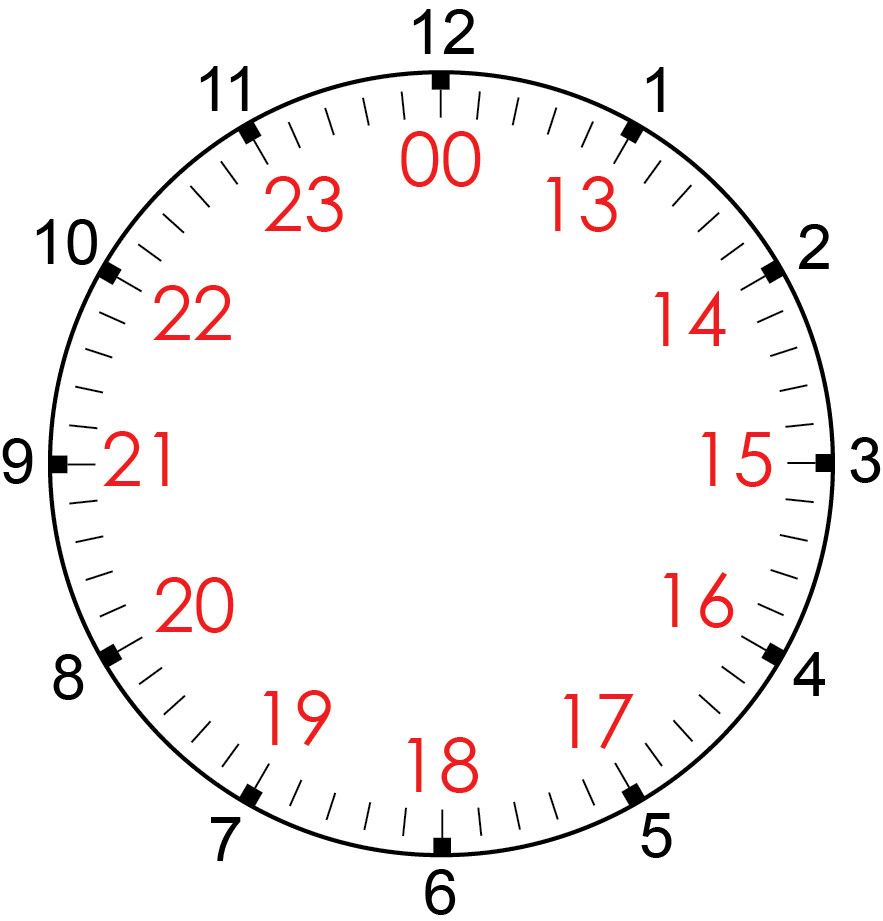
/cdn.vox-cdn.com/uploads/chorus_asset/file/9805341/Screen_Shot_2017_12_04_at_10.14.35_AM.png)
The rack travel is too great for the rack. If on the other hand the snail strikes the right number when on the lowest step and two when on the highest, then the proportion between the snail and rack is wrong. If the clock strikes thirteen when on the lowest step and two when on the highest, it shows that the end of the rack tail is a little too far off from the snail and must be set a little closer. Trying it on the highest step of the snail, should catch the first rack tooth. The hook of the rack should then hold the rack so that there are twelve teeth gathered up. Testing the rack in its place allows it to fall until the tail rests on the lowest step of the snail. This makes the number of cuts available to activate the strike mechanism correspond to the depth of the snail at that hour. Shortly before each hour a rack with twelve cuts along its length is released to contact the snail. It rotates via a gear drive over a twelve-hour period. A children's riddle asks "What time is it when the clock strikes thirteen?" The answer is "Time to buy a new clock!" Ī 100-year-old tower striking clock has a striking mechanism, called a snail, with indentations that vary in depth progressively from one to twelve.

Accordingly, with very rare exceptions, when a clock rings thirteen times it is indicating an impossible time and that the clock is not functioning correctly.
Army time clock plus#
After the twelfth hour with the twelve rings of the bell, the next hour should be with one ring only, indicating 1 o'clock plus twelve hours. Traditional clocks that strike a bell only mark 12 hours. One ring is 1 o'clock, two rings is 2 o'clock, three rings is 3 o'clock, etc. A striking clock rings a bell once for each hour of the time. However, the 24-hour system only came into widespread use in the 20th century, and most analogue clocks (including virtually all chiming or striking clocks) still work on the 12-hour system. Within the 24-hour clock system used for official and technical purposes throughout most of the world, there is a time that could be called "13 o'clock". He points out that if a clock strikes the thirteenth hour then it has counted wrongly and reflects on the other twelve hours of the clock's strokes as then they could also be wrong. Ī physicist and mathematician notes the problem with his variation on the same general idea. In a legal case it brings forth the notion that perhaps none of the party's claims are valid, given that one of them is obviously wrong. This proverb puts forth the notion that if just one of someone's proclamations is wrong, or something of a process is wrong, then the correctness and accuracy of all the previous items are called into question. This is illustrated in the fictional case of "Rex vs Haddock" in which a remark by one of the parties is compared to the thirteenth stroke of a clock: not only is this thirteenth strike itself discredited, but it casts a shade of doubt over all previous assertions. Thirteenth stroke of the clock or "thirteen strikes of the clock" is a phrase, saying, and proverb to indicate that the previous events or "strokes to the clock" must be called into question.


 0 kommentar(er)
0 kommentar(er)
